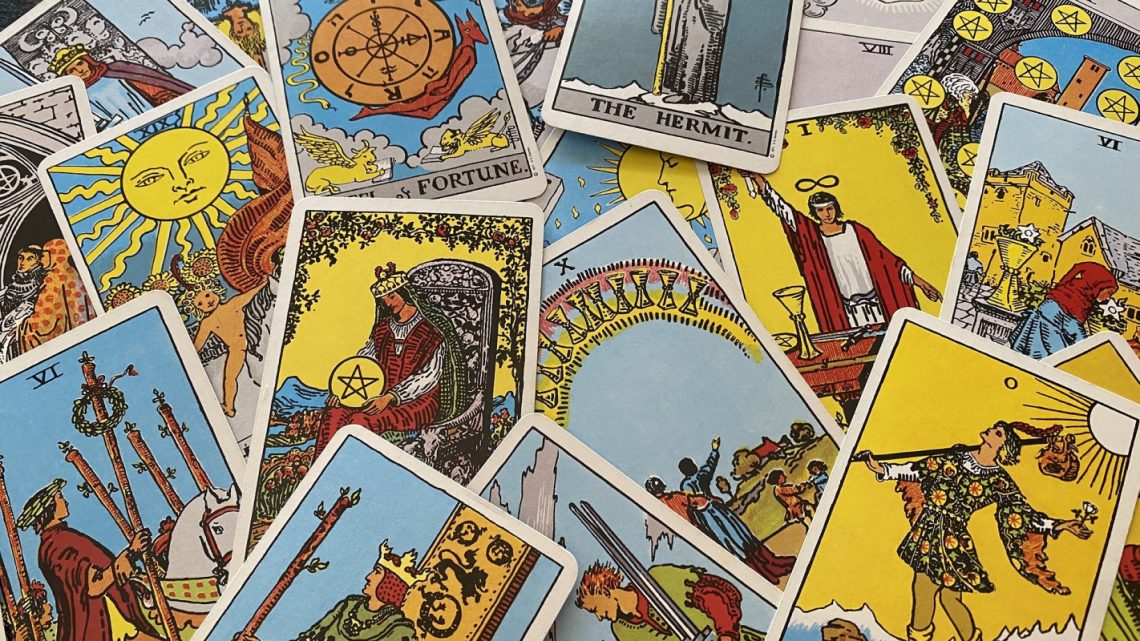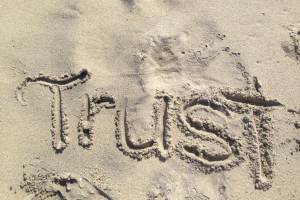
Discover Your Inner Wisdom: How to Choose and Understand Your Tarot Deck
My journey with Tarot cards is a familiar one. My first clear memory of seeing them was on James Bonds, Live and Let Die, where the cards were harbingers of doom. This wasn’t just the opinion of 007; whenever the cards were mentioned in books or TV, their negative portrayal stuck with me for years.
My first real-life interaction with Tarot was during a clairvoyant reading; midway, the Medium pulled out a deck, asked me to shuffle them, etc. I was intrigued by the beautiful imagery and her interpretation of the cards. Although I have to admit all the way through, I was praying to all the deities that she wouldn’t pull Death or the Devil. She didn’t.
I can’t remember what she said, but I remember leaving, still apprehensive about Tarot and wanting to know more. Eventually, I bought a deck and learned more about them, and now I can’t imagine ever being without my cards; I even have a travel-size deck (don’t judge me!)
If you are thinking about trying Tarot or are interested in them, here is some advice you may find helpful.
Selecting a Deck
Tarot decks choose you, not vice versa, like any other divination tool or crystals. I believe the cards will call you, and you will instinctively make the right choice.
If possible, go to a shop, look around and hold them: Do they feel right? Or if you prefer to shop online, my rule is if you are drawn to a few decks, make a note of them or leave the tabs open, and then come back the next day; do they still appeal to you? If so, you’ve found your deck? There are thousands of different ones to choose from, so pick the one that’s right for you.
My first deck was actually Angel cards. I intended to purchase a Tarot deck that morning, but none of them in the shop called to me. I remember holding various intricately designed cards and feeling nothing. Then, my eyes were drawn to a very simple Angel deck. I picked them up, and they felt right.
Around six months later, I had the urge to go card shopping again. This time, I was guided directly to the traditional Rider Waite deck, and again, it felt right. At home, when I opened the box, there was a rush of energy as though I had just opened the door to a new set of friends. The deck became part of my spiritual toolkit.
In contrast, I purchased another deck, more out of shopping boredom rather than me wanting a new deck; during the entire process, I knew I shouldn’t buy them, and as soon as I opened them, I knew I had made a mistake; my energy didn’t and never has gelled with that deck. Maybe I’ll be ready to use them one day, but I’ve put them away in a box for now.
Tuning into your deck
There are many ways to imprint your energy onto your cards. My preference is:
Sage the deck: Light some sage and smother the cards in the smoke.
- Sage the deck: Light some sage and smother the cards in the smoke.
- Blow on them: Say your name, and blow on the cards as you flick through them. I do this 3-4 times.
- Set an intention: Press the cards to your chest and set an intention, for example, “I set the intention that the messages from these cards are for my higher good and for the highest good.”
Learning Tarot
Many courses teach both in-person and online, and practising with someone experienced in using Tarot is a good idea. But like any divination tool, the cards become an extension of you and your spiritual library, so you will develop your own interpretations.
I used The following meditation to get to know my cards better. It’s from A Complete Guide to the Tarot by Eden Gray, published in 1972.
Every day, find a quiet place, pick a card, read an interpretation of the symbols, relax and then say:
“I now release from my conscious mind the knowledge I have of this Tarot card, and I rise into the realm of wisdom and ask to be shown its inner meanings.”
And wait for the card to tell me to speak to you.
Your mind will develop its own understanding of the card.
 When I use this meditation, an image from another card will often be used to describe the main card. For example, if I’m meditating on the Eight of Cups, the Queen of Cups may tell me what the Eight means.
When I use this meditation, an image from another card will often be used to describe the main card. For example, if I’m meditating on the Eight of Cups, the Queen of Cups may tell me what the Eight means.
After I bought my first Tarot deck, I bought a few books and attended a four-week course. At the end of the course, the tutor arranged for volunteers for us to practice on… it was rough.
First of all, spirits kept stepping forward, wanting me to give messages, and when they weren’t, I spent the rest of the time trying to regurgitate the tutor’s interpretation of the cards.
It was a mess.
So I changed tactics and, instead, said what I felt the cards were telling me; the tutor wasn’t happy and kept interrupting my messages to align with the cards and not what I was picking up.
After the class, I was confused: Was I supposed just to read the cards or go with my intuition?
I didn’t regret attending the class because the most important thing I learned was that whilst other people’s interpretations are helpful, we all interpret the cards differently. Our interpretation depends on our personal experiences, the internal library, and the client.
I remember during a reading, I pulled the Tower card. I knew intuitively that the message was the client should check the foundations of her house. She was in the middle of building work, and it turned out that there was, in fact, an issue with the foundations. A book or course would not have given that interpretation of the card.
Courses are good, and I encourage you to find one that suits you, whether in person or online, but the key thing to remember is that the interpretation is personal to you and will change depending on the client.
Cleansing your deck
It’s vital to regularly cleanse and reset your cards’ intention.
Cleanse after every client reading, and generally once a week. You can use the same methods listed in tuning into the deck above.
If you are short of time, for example, if you have multiple readings in a day, the above ritual isn’t practical; on those occasions, I’d recommend holding the cards in your hands, imagining a white cleansing light surrounding them and saying a quick cleansing and intention prayer, for example:
“Divine, please clear any residual energy from these cards, and surround them with love. I set the intention they will provide guidance for the highest good. Thank you.”
Find your own rhythm
As I mentioned above, Tarot is a personal journey. It’s important to understand the history of the cards, and finding your own way around them is also crucial. For example, if you have a look on YouTube, many of the readers have created their own spread and have their own interpretation.
So find a way that works for you, and most importantly, try to enjoy the process.
You May Also Like

How to Prepare for Platform Mediumship
12/02/2021
Personal Insight: A Lesson in Faith, Trust and Self-confidence
08/03/2023

